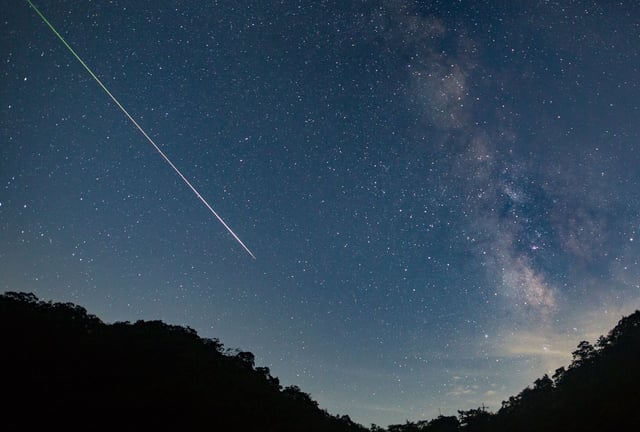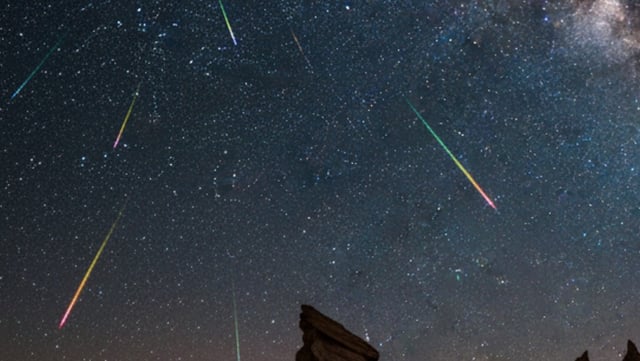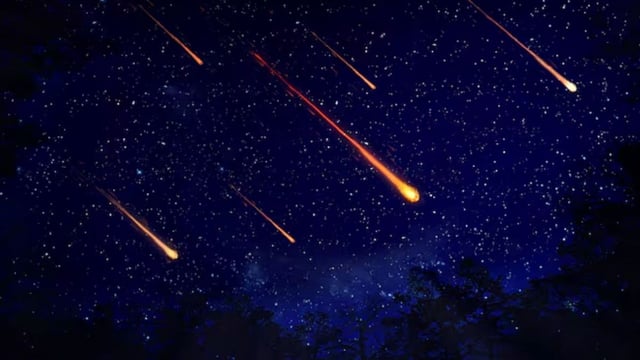Overview
- The short-lived shower runs October 6–10, with the Northern Hemisphere peak expected in the early hours of October 8 around 01:00.
- The meteors originate from debris shed by comet 21P/Giacobini‑Zinner, and its March 2025 solar passage has some scientists anticipating denser trails.
- A bright Harvest Supermoon will wash out fainter streaks, so visible counts may remain modest even if activity increases.
- Forecasts conflict sharply, ranging from roughly single-digit to about 10 meteors per hour in dark conditions to optimistic projections above 100 per hour, with some reports claiming 150–400.
- Viewing is possible without telescopes from dark, unobstructed sites by looking toward the constellation Draco near the stars Eltanin and Rastaban and by avoiding lunar glare.



